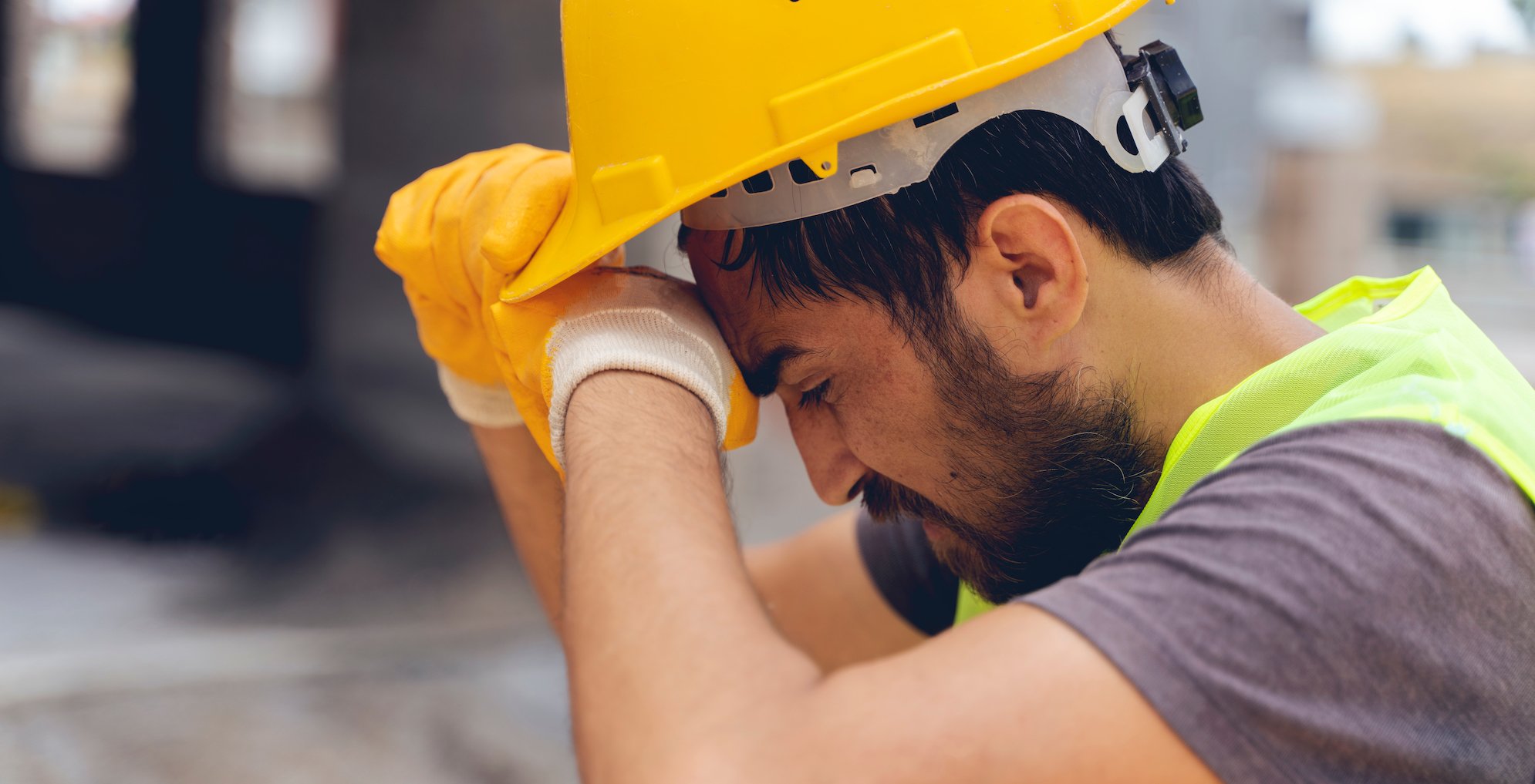In 2020, private industry employers reported 2.7 million nonfatal workplace injuries and illnesses, according to the Bureau of Labor Statistics. Tragically, there were also 4,764 fatal workplace injuries during this time period, according to the BLS.
Safety is a top priority at many companies, but workplace accidents still occur. Why? Often, incident prevention efforts break down for bureaucratic reasons, like those discussed here.
Why your incident prevention plan isn’t working
1. Safety is siloed
Safety can’t only be the responsibility of one department or role at your company. According to the Occupational Safety and Health Association, an effective safety and health program requires the full participation of workers and their representatives.
Companies with the highest level of employee participation in their safety programs reduced worker safety incidents by 84 percent, compared with 40 percent for those with the lowest level of employee participation—more than double the difference, according to the whitepaper “Building a High Participation Safety Culture,” published by eCompliance Management Solutions Inc.
Therefore, the importance of making sure your entire team is all in on your safety plan is a must. Workers need to understand that safety starts and ends with each and every one of them, so they must take accident prevention protocols seriously.
Read: Who is Responsible for Worker Safety?
2. Your company lacks frequent, clear communication
If your team isn’t on the same page regarding incident prevention, wires can easily become crossed. Management is responsible for ensuring safety plans are both in place and communicated to workers—along with any changes made to existing procedures.
OSHA recommends having a clear, written safety and health program, as it helps emphasize safety as a key organizational value. Company leadership must sign off on this policy and reinforce it by allowing it to guide business decisions and daily actions.
Leading by example will keep this plan at the forefront of workers’ minds. There’s no better way to communicate the importance of your health and safety plan than adhering to it every day.
Also see: 7 Characteristics of Great Safety Leaders
3. Your company doesn’t have a uniform safety policy
Your company is made up of a variety of departments that serve different purposes. Some offices might function on a largely independent basis, but when it comes to safety, everyone needs to be aligned.
If each department has its own way of preventing—and handling—a safety incident, this can actually lead to a higher accident rate. Therefore, creating one standard health and safety plan for the entire organization to follow is a must.
To increase engagement, OSHA recommends involving workers in all aspects of the program. This ensures each department will have a voice, so you can create a plan that works for everyone.
Everything from encouraging workers to help develop program goals to evaluating program performance will create a sense of ownership and understanding that will make it a success, according to OSHA.
4. Other priorities take precedence
Safety is a main concern at your company, but it isn’t the only one. Your team is also focused on getting jobs completed on time and on budget, which can lead to competing priorities.
Reiterate that safety is your top priority by ensuring it always takes precedence. For example, if a worker reports a potential safety incident, issue a temporary stop on all work immediately until the problem is investigated—no matter what. If employees can clearly see nothing supersedes safety, following proper protocols will become embedded in their minds.
Watch: How to Create a Safety-First Culture
5. Your safety program is exclusively top-down
As a member of the executive team, you’re used to making the rules. In many cases, you are the best person to put processes and procedures in place, but not when it comes to your safety program.
Sure, you have plenty of valuable input to contribute, but you’re not the one rolling your sleeves up and doing the actual work each day. Requesting worker input is important, because they typically know the most about the hazards associated with their jobs, according to OSHA.
Despite the best intentions, if company leadership puts the safety program together without worker feedback, many components might not actually be applicable. Leaving workers out of the process can also lead to low levels of engagement, which could cause non-compliance.
As a mindful executive, you’re completely invested in reducing—and hopefully, eliminating—workplace accidents at your company. There might be one reason rates are currently high or several, but if you’re willing to make incident prevention a priority, the rest of your team will get on board.
Ensuring workers are engaged in your safety program is a must, because you can’t lower accident rates without their full participation. When people know you’re committed to the cause and truly care about them, they’ll be eager to do their part to keep themselves and their co-workers safe on the job.
For more on this topic, check out the whitepaper “10 Keystones of a Successful Worker Safety Program.”

